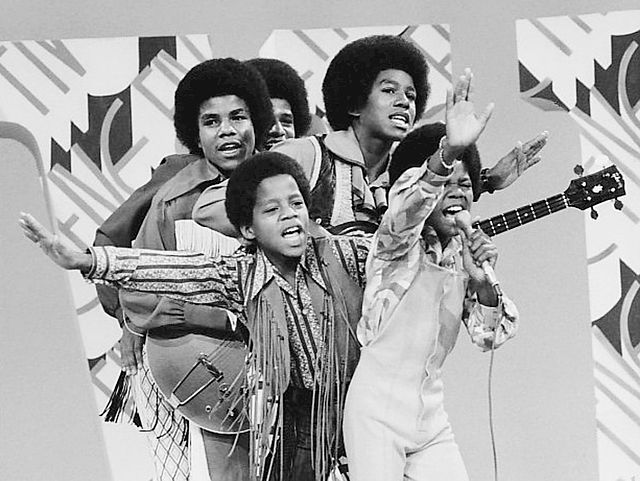
GUEST POST from Chateau G Pato
Change is inevitable in any organization, and effective change planning is crucial to ensure a smooth transition while minimizing resistance. Among the vital elements of successful change planning, communication stands out as a linchpin that can either make or break the process. This article aims to explore the significance of communication in change planning, discussing best practices and highlighting two case studies where effective communication played a pivotal role in achieving positive outcomes.
1. Setting the Foundation with Clear and Timely Communication:
Effective change planning cannot thrive without clear and timely communication. The first step is to establish a well-defined communication strategy that encompasses all stakeholders affected by the change. This strategy must outline the goals, timeline, and methods of communication, addressing key concerns, and providing regular updates. By clearly articulating the reasons for change and its expected benefits, organizations can rally support and minimize uncertainty.
Case Study 1: A manufacturing company sought to implement a new production process. By effectively communicating the rationale behind the change, its anticipated outcomes, and the benefits for employees, the organization achieved buy-in from the workforce. This proactive approach minimized resistance and empowered employees to embrace the change, resulting in higher productivity and improved morale.
2. Foster Open Dialogue and Active Listening:
Communication during change planning should emphasize an open dialogue and encourage active listening. Leaders must create an environment where employees feel comfortable sharing their concerns, doubts, and suggestions. Engaging in active listening allows leaders to address these concerns promptly, review the change plan if required, and provide the necessary reassurance.
Case Study 2: A large healthcare organization aimed to implement a new electronic medical records system. Recognizing the apprehensions among physicians and staff, the organization established frequent forums and focus groups to enable open dialogue. By actively listening to their concerns and incorporating their feedback into the plan, they enhanced trust and alleviated fears. As a result, the implementation process was smoother, and the organization experienced a successful transition to the new system with minimal disruptions to patient care.
3. Tailor Communication to Various Stakeholder Groups:
Different stakeholders within an organization have distinct needs and concerns. Effective communication during change planning requires tailoring messages to address these specific requirements. Leaders must ensure that communication is delivered in a manner that resonates with different groups, acknowledging their perspective and addressing potential challenges they may face during the transition.
Highlighting diversity of perspectives, the case studies below demonstrate the impact of tailored communication:
Case Study 1: During a corporate merger, a detailed communication plan was devised to address the concerns of employees from both entities. The plan outlined the anticipated benefits, preserved cultural aspects from each organization, and ensured transparency throughout the merger process. This approach fostered a sense of inclusion among employees, facilitating a quicker integration and creating a unified company culture.
Case Study 2: A non-profit organization implemented a new volunteer management system, impacting volunteers from different backgrounds. Recognizing the importance of tailoring messages to volunteers’ diverse skill levels and motivations, the organization provided regular training sessions and utilized interactive user-friendly manuals. This tailored approach significantly reduced confusion, enhanced volunteers’ engagement, and resulted in a smoother adoption of the new system.
Conclusion
Effective communication plays a pivotal role in successful change planning, ensuring a smoother transition, reducing resistance, and achieving positive outcomes. By setting clear foundations, fostering open dialogue, and tailoring communication to various stakeholders, organizations can proactively address concerns, empower employees, and build trust. The case studies discussed in this article highlight the tangible benefits of prioritizing communication during change planning. Organizations that recognize the power of communication in driving change will undoubtedly strengthen their ability to adapt and thrive in today’s dynamic business landscape.
SPECIAL BONUS: The very best change planners use a visual, collaborative approach to create their deliverables. A methodology and tools like those in Change Planning Toolkit™ can empower anyone to become great change planners themselves.
Image credit: Wikimedia Commons
![]() Sign up here to get Human-Centered Change & Innovation Weekly delivered to your inbox every week.
Sign up here to get Human-Centered Change & Innovation Weekly delivered to your inbox every week.